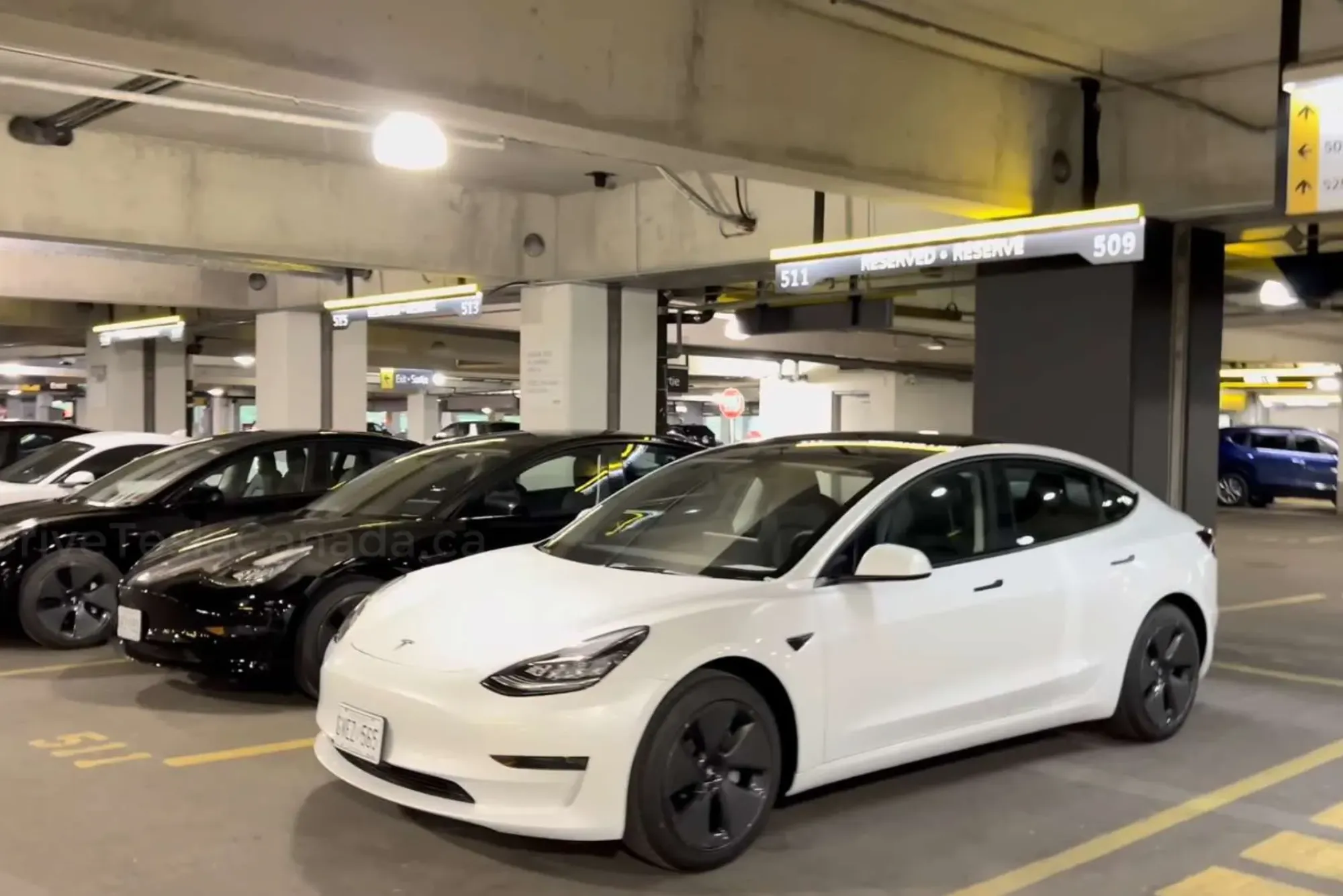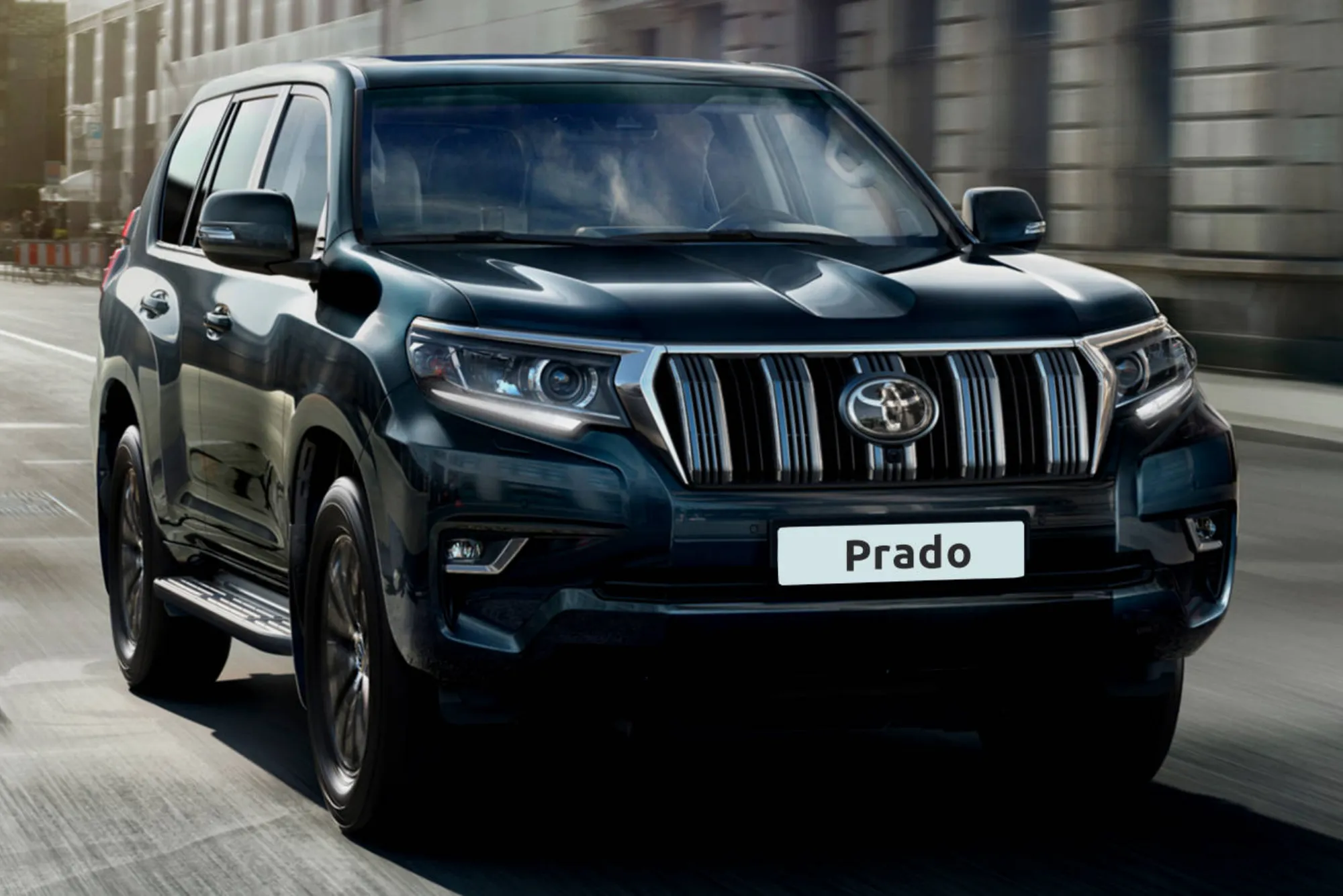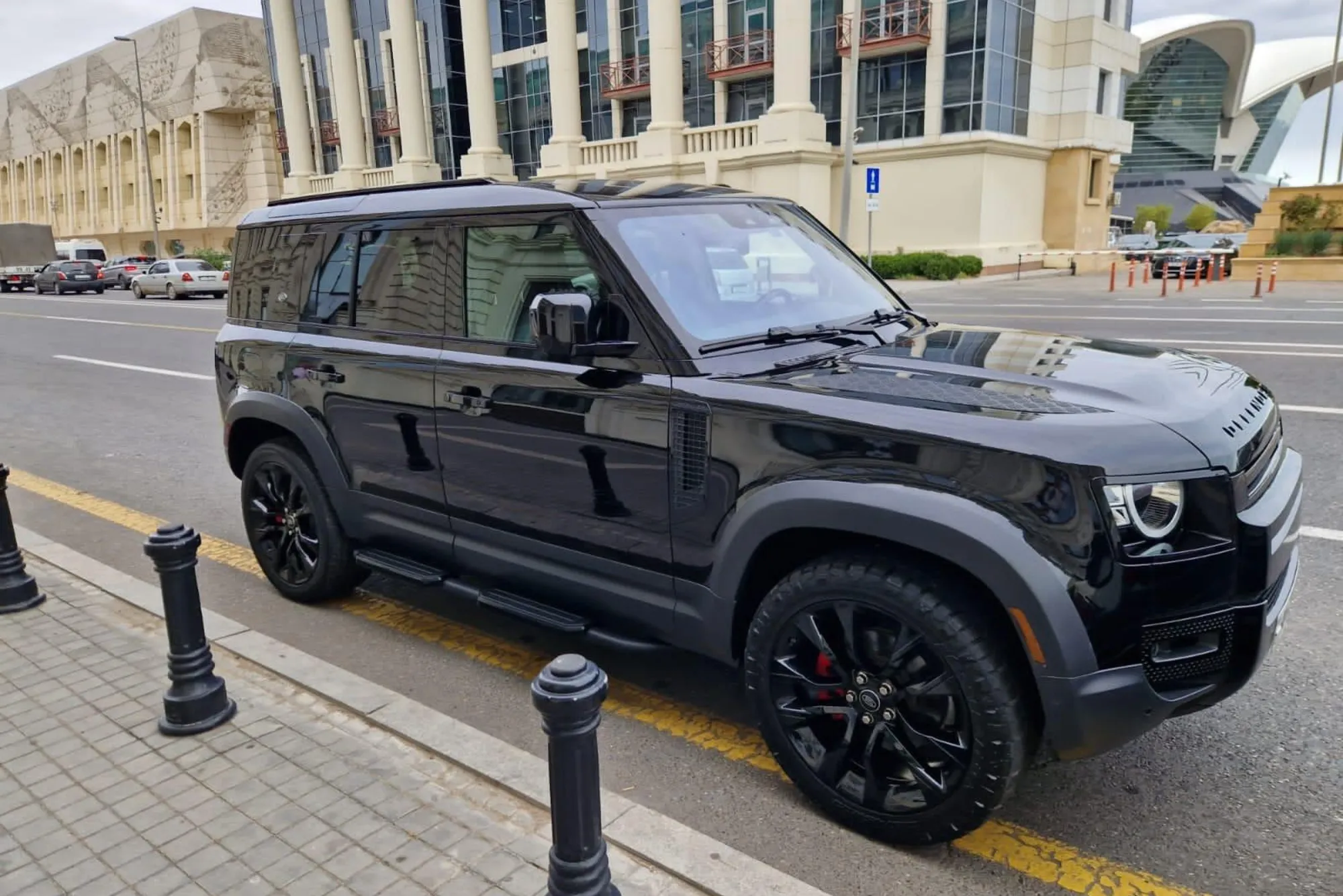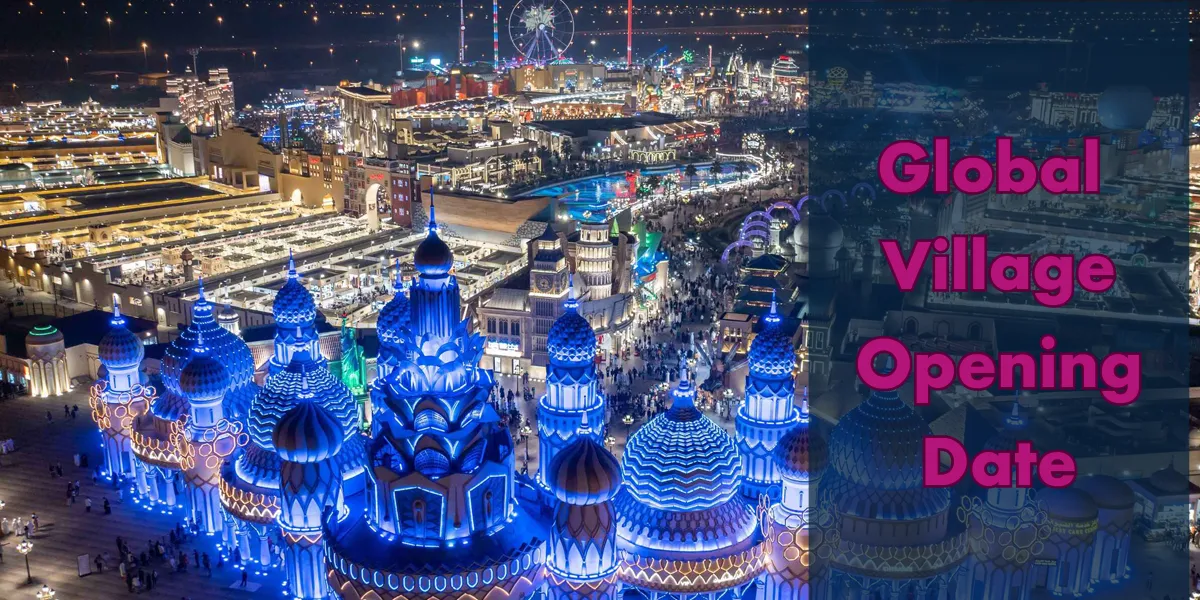Baku, the capital of Azerbaijan, is a city rich in history, culture, and modernity, making it a fascinating destination for travelers. For those looking to explore the city and its surroundings, renting a car offers an unmatched level of freedom and flexibility. However, safety concerns naturally arise when considering car rentals in a foreign city. This article provides a comprehensive guide to help you determine whether renting a car in Baku is safe and how to ensure a smooth and secure experience on the road.
Understanding Baku’s Road Infrastructure
Baku, the capital of Azerbaijan, is a city that blends ancient history with modern development, and this fusion is reflected in its road infrastructure. Understanding the nuances of Baku’s roads is essential for anyone planning to rent a car and drive in the city. From the major highways that connect the city to the rest of the country to the intricate network of streets within the city itself, Baku’s road infrastructure plays a significant role in the driving experience.
Modern Highways and Main Roads
Baku has invested heavily in its road infrastructure in recent years, resulting in a network of modern highways and main roads that facilitate easy travel both within the city and to other regions of Azerbaijan. The city’s primary highways are well-maintained and provide smooth connections to key destinations such as the airport, the Caspian Sea coastline, and neighboring cities. These highways are generally wide, with multiple lanes, allowing for efficient traffic flow and reducing congestion during peak hours.
One of the most important highways is the Baku Ring Road, which encircles the city and connects various districts, making it easier for drivers to navigate without getting caught in city center traffic. This ring road is particularly useful for those who want to travel quickly between the outskirts and the center of Baku.
In addition to the ring road, Baku is connected by several arterial roads that lead to the heart of the city. These roads are vital for commuters and visitors alike, as they provide direct access to major business districts, shopping centers, and tourist attractions. While these roads are generally in good condition, it’s important to be aware of occasional construction projects that may cause temporary disruptions or detours.
Urban Street Network
Baku’s urban street network is a mix of broad boulevards and narrow, winding streets, particularly in the older parts of the city. The city’s historical areas, such as the Old City (Icherisheher), feature cobblestone streets that are narrower and more challenging to navigate, especially for those who are not accustomed to driving in such conditions. These streets, though charming and full of character, require careful driving and a slower pace to ensure safety.
In contrast, the newer parts of Baku boast wider, more organized streets with clear signage and modern traffic management systems. These streets are easier to navigate and are designed to accommodate the increasing number of vehicles in the city. Traffic lights, pedestrian crossings, and roundabouts are strategically placed to manage the flow of traffic and enhance safety for both drivers and pedestrians.
It’s also worth noting that Baku’s street network is undergoing continuous development, with new roads and infrastructure projects regularly being added to accommodate the city’s growing population and economic activity. This ongoing development means that drivers should be prepared for changes in traffic patterns and occasional detours as new roads are constructed or existing ones are expanded.
Bridges and Tunnels
Baku’s road infrastructure also includes a number of bridges and tunnels that help manage the city’s traffic flow, especially in areas where road space is limited or where the terrain presents challenges. These structures are crucial for maintaining connectivity across different parts of the city and for reducing congestion in busy areas.
The city’s bridges, such as those spanning the Baku Bay, are particularly important for connecting the mainland with the urban districts located on the peninsulas. These bridges are designed to handle a high volume of traffic and are equipped with modern safety features, such as barriers and lighting, to ensure safe passage.
Tunnels in Baku are strategically placed to allow traffic to bypass congested areas or to cross under major intersections without disrupting the surface-level flow of vehicles. These tunnels are generally well-maintained and provide an efficient way to navigate the city, especially during peak hours when surface roads may be congested.
Road Signage and Navigation
Road signage in Baku is generally clear and follows international standards, making it relatively easy for foreign drivers to understand and navigate. Signs are typically displayed in both Azerbaijani and English, especially on major roads and in tourist areas, which is helpful for visitors who may not be familiar with the local language.
Directional signs are prominently placed at key junctions and intersections, guiding drivers to important destinations such as the airport, city center, and major attractions. Speed limits are clearly indicated, and drivers are expected to adhere to them, especially in areas with high pedestrian activity or near schools and residential neighborhoods.
In addition to physical road signs, many drivers in Baku rely on GPS and navigation apps to help them navigate the city’s roads. These tools are particularly useful for avoiding traffic jams and finding the quickest routes to your destination. However, it’s important to stay alert and not rely solely on digital navigation, as construction projects or road closures may not always be immediately reflected in navigation apps.
Traffic Management and Control
Baku’s traffic management system is designed to handle the complexities of a bustling city while ensuring the safety and efficiency of road travel. The city employs a combination of traffic lights, roundabouts, and controlled intersections to manage the flow of vehicles. Traffic lights are synchronized to minimize congestion, especially during peak hours, and are equipped with countdown timers to help drivers anticipate changes.
Roundabouts are a common feature in Baku’s road network, especially at major intersections and junctions. These roundabouts are designed to keep traffic moving smoothly without the need for traffic lights at every intersection. Drivers should be familiar with the rules of navigating roundabouts, including yielding to traffic already in the circle and signaling when exiting.
The city also uses traffic cameras and speed enforcement systems to monitor compliance with traffic laws. These measures are intended to deter speeding, running red lights, and other traffic violations, thereby enhancing road safety for everyone. It’s important for drivers to be aware of these enforcement mechanisms and to adhere to the posted speed limits and traffic signals.
Public Transport Integration

Baku’s road infrastructure is closely integrated with the city’s public transport system, which includes buses, taxis, and the Baku Metro. This integration is designed to reduce traffic congestion by providing alternative means of transportation for residents and visitors. Dedicated bus lanes are present on some of the main roads, allowing buses to bypass traffic and maintain their schedules.
Drivers should be aware of these bus lanes and avoid driving in them, as they are reserved for public transport vehicles during specified hours. Taxis are also a common sight on Baku’s roads, and they play a significant role in the city’s transportation network. It’s important to watch out for taxis making sudden stops or U-turns, especially in busy areas where they frequently pick up and drop off passengers.
Future Developments and Expansion
Baku’s road infrastructure is continuously evolving, with numerous projects underway to expand and improve the city’s transportation network. These developments are aimed at accommodating the city’s rapid growth and enhancing connectivity both within Baku and with surrounding regions.
Future infrastructure projects include the expansion of existing roads, the construction of new highways, and the development of additional bridges and tunnels. These projects are expected to reduce travel times, alleviate congestion, and provide more efficient routes for drivers.
Safety Considerations When Renting a Car in Baku
When renting a car in Baku, it’s essential to consider several safety factors to ensure a secure and stress-free driving experience. The city’s unique blend of modern infrastructure and traditional practices can present challenges for drivers unfamiliar with the local environment. By understanding the key safety considerations, you can better prepare for your journey and navigate Baku’s roads with confidence.
Vehicle Condition and Inspection
One of the first safety considerations when renting a car in Baku is the condition of the vehicle itself. Before driving off, it’s crucial to thoroughly inspect the car to ensure it is in good working order. Reputable car rental companies in Baku typically maintain their vehicles to a high standard, but it’s always wise to conduct your own inspection. Pay close attention to the tires, brakes, lights, and mirrors to ensure they are all functioning properly. Additionally, check the fuel level and familiarize yourself with the location of essential controls, such as the hazard lights, windshield wipers, and emergency brake.
Understanding the vehicle’s insurance coverage is another critical aspect of ensuring your safety. Confirm with the rental agency what is included in the insurance policy and what isn’t. While basic coverage is often provided, you may want to consider purchasing additional insurance to cover potential damages, theft, or accidents. This extra layer of protection can give you peace of mind while driving in an unfamiliar environment.
Road Conditions and Hazards
Baku is known for its modern road infrastructure, but like any major city, it also has its share of road conditions that require careful navigation. While the main roads and highways are generally well-maintained, you may encounter uneven surfaces, potholes, or construction zones, particularly in less developed areas or on rural roads leading out of the city. These conditions can pose risks, especially if you’re driving at night or in adverse weather.
When considering transportation options for your trip, you might wonder if it’s safe to rent a car in Baku. The answer is yes—safe to rent a car in Baku as long as you follow local driving laws and choose a reputable rental service. Baku’s roads are well-maintained, and with modern infrastructure in place, it is indeed safe to rent a car in Baku and explore the city and its surroundings with confidence.
Another factor to consider is the presence of pedestrians and cyclists, particularly in the more densely populated parts of Baku. Pedestrian crossings are common, but jaywalking is not unusual, so it’s essential to remain vigilant, especially in busy areas. Cyclists, though less frequent, may also share the road, so maintaining a safe distance and being aware of your surroundings is crucial.
Driving in Baku also means being prepared for the possibility of encountering livestock or stray animals, particularly on the outskirts of the city. These unexpected road hazards require quick reflexes and a cautious driving approach to avoid accidents.
Navigating Baku’s Traffic
Traffic in Baku can be intense, particularly during peak hours when the roads become congested with vehicles. Understanding the flow of traffic and being prepared for possible delays is an important safety consideration. Rush hours in Baku typically occur in the morning between 8:00 AM and 10:00 AM, and in the evening from 5:00 PM to 7:00 PM. During these times, it’s common for traffic to slow down considerably, especially in the city center and near popular landmarks.
Driving in heavy traffic requires patience and attentiveness. It’s essential to maintain a safe following distance and avoid aggressive driving behaviors, such as sudden lane changes or tailgating. The use of horns is frequent in Baku, not only as a warning but also as a way of communicating with other drivers. While this may seem disconcerting to those not used to it, understanding that it is a normal part of driving culture in Baku can help you stay calm and focused.
In addition to traffic congestion, parking can also present challenges, especially in the city center where spaces are limited. It’s advisable to plan your parking in advance and be aware of the local parking regulations to avoid fines or having your car towed.
Emergency Preparedness
Being prepared for emergencies is a key aspect of driving safety, especially when you’re in a foreign country. While Baku is a relatively safe city, it’s important to be aware of what to do in the event of an accident or breakdown. Always have a fully charged mobile phone with you, and make sure you have the contact numbers for local emergency services, the car rental company, and roadside assistance.
In the unfortunate event of an accident, it’s essential to remain calm and follow the proper procedures. First, ensure that everyone involved is safe and, if necessary, call for medical assistance. Contact the police to report the accident, as a police report may be required by the rental company and your insurance provider. Do not attempt to move your vehicle until the authorities arrive, as this could complicate the situation or lead to further issues.
If you experience a breakdown, it’s important to move your vehicle to a safe location, if possible, and turn on your hazard lights to alert other drivers. Contact the car rental company immediately for assistance and follow their instructions. Most reputable rental agencies in Baku offer 24/7 roadside assistance, so help is usually available quickly.
Personal Safety While Driving
Personal safety is another important consideration when renting a car in Baku. While the city is generally safe, it’s always wise to take precautions to protect yourself and your belongings. Avoid leaving valuables in plain sight within the car, as this could attract theft. Instead, keep items such as bags, electronics, and documents securely stored in the trunk or a concealed compartment.
When driving at night, it’s advisable to stick to well-lit and well-traveled roads. While Baku’s city center is vibrant and bustling even after dark, some outlying areas may be less populated and dimly lit, which can increase the risk of accidents or other incidents. If you’re unfamiliar with the area, using a GPS or a reliable navigation app can help you stay on the safest routes.
Understanding Local Driving Laws and Etiquette in Baku
When driving in a foreign country, it’s crucial to familiarize yourself with the local driving laws and etiquette to ensure a safe and smooth experience. In Baku, the capital of Azerbaijan, driving regulations and customs might differ significantly from what you’re accustomed to. Adapting to these laws and understanding the local driving culture is key to avoiding potential pitfalls and ensuring a pleasant journey.
Traffic Laws and Regulations

Driving in Baku requires adherence to specific traffic laws, many of which are similar to those in other countries, but with certain nuances that are unique to Azerbaijan. For instance, driving is on the right-hand side of the road, which aligns with most European countries. However, the road signs and signals may differ slightly in design and placement, so it’s important to pay close attention while navigating the city.
One of the most fundamental rules to be aware of is the speed limit. In Baku, the speed limit within urban areas is generally 60 km/h, though this can vary depending on the specific location. On the highways leading out of the city, speed limits increase, typically ranging from 90 km/h to 120 km/h. It’s essential to observe these limits not only to avoid fines but also because of the frequent presence of speed cameras throughout the city. Speeding is taken seriously, and violations can result in hefty fines or even the suspension of your driving privileges.
When planning your visit to Azerbaijan, one of the most convenient options for exploring the city and its surroundings is to rent a car in Baku. By choosing to rent a car Baku, you gain the freedom to travel at your own pace, visiting popular attractions and hidden gems without relying on public transport. Whether you’re in the city for business or leisure, the decision to rent a car Baku ensures that you can experience everything the city has to offer with ease and flexibility.
In addition to speed regulations, there are stringent laws regarding seat belt use. All passengers, whether seated in the front or back of the vehicle, are required by law to wear seat belts at all times. The enforcement of this law is rigorous, with police officers frequently conducting spot checks. Fines for non-compliance are substantial, and it’s one of the most commonly enforced traffic laws in the city.
Another critical regulation is the prohibition of using mobile phones while driving unless you have a hands-free system. This law is strictly enforced to reduce distractions and prevent accidents. Violators can expect significant fines if caught, and in some cases, repeat offenders may face legal action.
Alcohol and Driving
Drinking and driving in Baku is strictly prohibited, with a zero-tolerance policy in place. The legal blood alcohol concentration (BAC) limit is 0.00%, meaning that any amount of alcohol detected in your system while driving is illegal. This stringent rule is aimed at reducing accidents and ensuring the safety of all road users. Police frequently set up checkpoints, especially during the evenings and on weekends, to conduct random breathalyzer tests. If you’re found to have consumed any alcohol before driving, you could face severe penalties, including heavy fines, imprisonment, or the suspension of your driver’s license.
Given the zero-tolerance policy, it’s highly advisable to avoid consuming alcohol if you plan to drive. If you do find yourself in a situation where you’ve had a drink, it’s best to arrange for alternative transportation, such as a taxi or ride-sharing service, rather than risk driving under the influence.
Interaction with Law Enforcement
In Baku, law enforcement officers are highly visible and actively involved in traffic management. It’s not uncommon to encounter police checkpoints where officers may conduct routine inspections of vehicles and drivers. Understanding how to interact with law enforcement is important to ensure a smooth experience.
If you’re stopped by the police, it’s essential to remain calm and polite. Always carry your driver’s license, vehicle registration, rental agreement, and insurance documents, as these may be requested by the officer. It’s important to note that while English is becoming more widely spoken in Baku, especially in tourist areas, not all police officers may be fluent. Therefore, having your documents easily accessible and ready to present can help minimize communication barriers.
In the event of a traffic violation, the officer may issue a fine on the spot. It’s common practice to settle minor fines directly with the officer; however, ensure that you receive a receipt for any payments made. If you believe the fine is unjust, you have the right to contest it, but this process can be lengthy and may require legal assistance. It’s generally advisable to comply with the officer’s instructions and resolve any disputes later through the appropriate channels.
Parking Rules and Regulations
Parking in Baku can be challenging, especially in the busy city center. There are designated parking areas, both on-street and off-street, and it’s important to adhere to the local parking regulations to avoid fines or having your vehicle towed. In some areas, parking is free, but in others, particularly near popular attractions and business districts, paid parking is enforced.
Pay attention to parking signs, which indicate whether an area is free, time-limited, or requires payment. In many parts of the city, parking meters are used, and failure to pay the required fee can result in fines. Additionally, parking attendants are often present in larger parking lots, and they can assist with payment and provide information about parking availability.
Double parking, parking on sidewalks, or blocking driveways is strictly prohibited and can result in your vehicle being towed. If your car is towed, you’ll need to visit the local impound lot and pay a fine to retrieve it, which can be a time-consuming and costly process.
Driving Etiquette and Cultural Considerations
Beyond the formal laws, understanding the local driving etiquette in Baku can greatly enhance your experience on the road. The driving style in Baku is assertive, and it’s not uncommon to witness drivers making quick lane changes, using their horns frequently, or engaging in spirited negotiations over right-of-way. While this might seem chaotic to visitors, it’s a reflection of the local driving culture and not necessarily indicative of unsafe driving.
As a driver in Baku, it’s important to stay alert and be prepared for sudden movements by other vehicles. Defensive driving is key; always maintain a safe distance from the car in front of you and be cautious at intersections, where the rules of right-of-way might not always be strictly observed. Using your horn is common in Baku, not necessarily as a sign of anger but as a way to signal your presence or intentions to other drivers.
Another cultural aspect to consider is the pedestrian traffic in the city. Baku is a pedestrian-friendly city, and many locals prefer walking, especially in the downtown area. However, jaywalking is common, and pedestrians might cross the street unexpectedly. As a driver, always be vigilant for pedestrians, especially near crosswalks and bus stops.
Roundabouts are another common feature in Baku’s road network, and navigating them can be tricky for those unfamiliar with the rules. Generally, vehicles already inside the roundabout have the right of way, but this rule is not always observed. As you approach a roundabout, reduce your speed and be prepared to yield to traffic inside the circle. If you’re unsure, it’s better to wait and let other vehicles pass rather than risk an accident.














